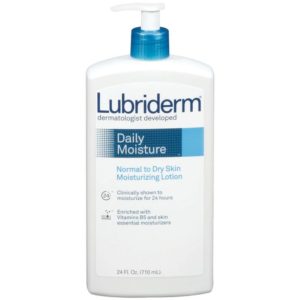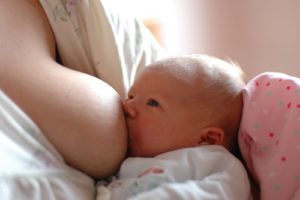 Do you know what chemicals you're exposed to on a daily basis? A recent study found that women with cancers of the breast, uterus, skin (melanoma), or ovaries had significantly higher levels of certain endocrine disrupting chemicals in their bodies than women without any of those cancers.
Do you know what chemicals you're exposed to on a daily basis? A recent study found that women with cancers of the breast, uterus, skin (melanoma), or ovaries had significantly higher levels of certain endocrine disrupting chemicals in their bodies than women without any of those cancers.
The researchers looked at levels of some hormone disrupting chemicals: PFAS (per- and polyfluoroalkyl substances), phenols (e.g. BPA), and parabens in both men and women. They found that women had higher levels of endocrine disruptors for 4 types of cancers (breast, uterine, ovarian, and melanoma). However, there was no relationship between the endocrine disruptors and thyroid cancer in men or women, and no relationship in men with prostate cancer.
The reason the researchers looked at breast, prostate, thyroid, ovarian, endometrial, and testicular cancers, and melanoma is because they are "hormone-mediated" cancers. That is, hormones play a role in growth and progression of these cancers.
Bottom line: You cannot totally avoid these chemicals because they are used in so many products, but you can really lower your exposure to them. Read Avoiding Harmful Chemicals for easy tips on reducing your exposure to these harmful chemicals. For example, don't use non-stick pots and pans, don't use plug-in air fresheners, and try to use fragrance-free or unscented products as much as possible. Use paraben and phthalate-free personal care products.
From Medical Xpress: Study finds significant chemical exposures in women with cancer
In a sign that exposure to certain endocrine-disrupting chemicals may be playing a role in cancers of the breast, ovary, skin and uterus, researchers have found that people who developed those cancers have significantly higher levels of these chemicals in their bodies. ...continue reading "Some Cancers In Women Linked to Chemical Exposures"

 Some more good news for women who breastfeed their babies. A large
Some more good news for women who breastfeed their babies. A large